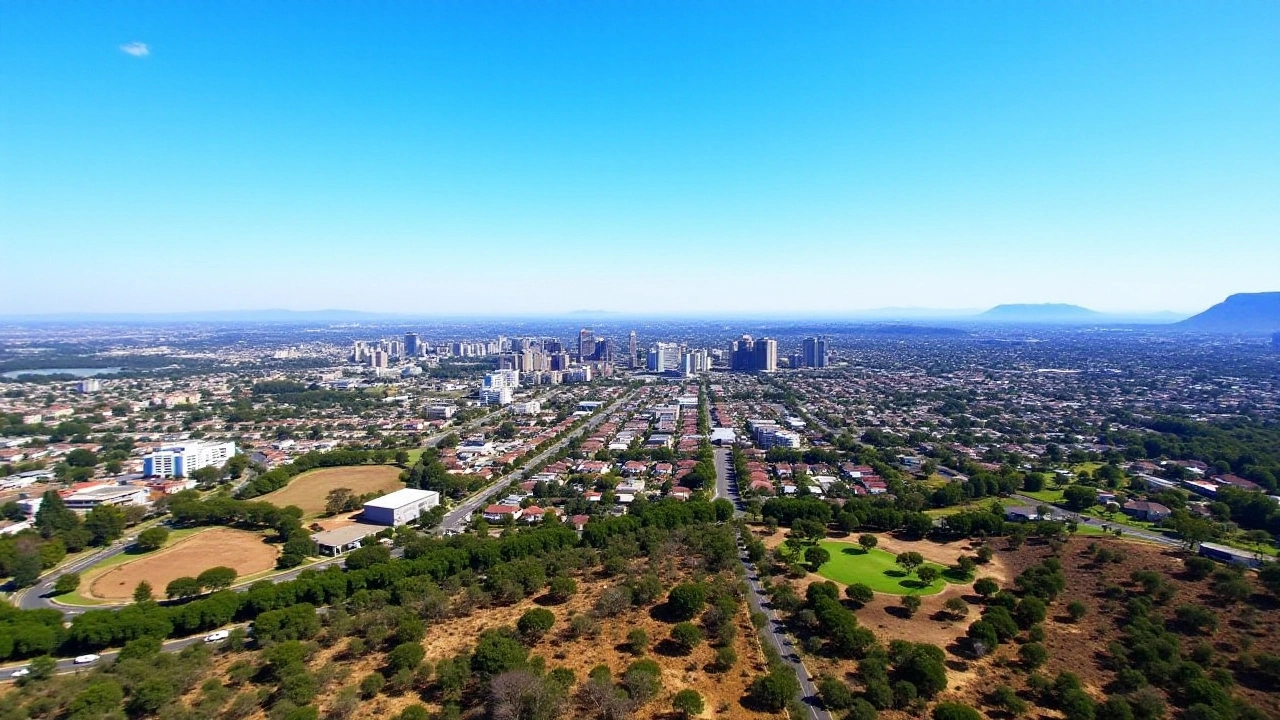Embassy Relocation: What You Need to Know
If you’ve ever wondered why a country might pack up its embassy and set up shop somewhere else, you’re not alone. Moving a diplomatic mission is a big deal – it touches security, staff life, local relations, and even the host country's economy. In this guide we’ll break down the main reasons behind embassy relocations, walk through the key steps, and share practical tips to keep things running smoothly.
Why Embassies Relocate
First off, embassies don’t move on a whim. Most moves happen because of one or more of these factors:
- Security upgrades: A new building may offer better protection against threats, especially in volatile regions.
- Lease and property issues: Expiring leases, rising rents, or the need for larger space can force a change.
- Political signals: Relocating to a different district can send a diplomatic message about the host country’s importance.
- Operational efficiency: Modern facilities with better IT infrastructure help staff serve citizens more effectively.
Each reason has its own set of challenges, but they all share one common thread: careful planning is essential.
Steps for a Smooth Embassy Move
1. Assessment and Planning
The first step is a thorough assessment of current needs versus future goals. This includes security audits, space calculations, and budget forecasts. A detailed project plan outlines timelines, responsibilities, and risk mitigation measures.
2. Site Selection
Choosing the right location involves negotiating with local authorities, checking zoning laws, and ensuring proximity to government offices and transport links. Security consultants evaluate potential threats around each site.
3. Legal and Diplomatic Clearance
Any move must be approved by both the sending country’s foreign ministry and the host nation’s government. This step often includes signing new diplomatic agreements, updating address records, and notifying international bodies like the UN.
4. Design and Construction
Modern embassies are built with layered security – blast‑resistant walls, secure communications rooms, and controlled access points. Architects work closely with engineers to balance safety and functionality while keeping the design culturally appropriate.
5. Logistics and Moving
Moving sensitive documents, IT equipment, and diplomatic pouches requires specialized couriers and secure transport. Staff members receive clear instructions on packing personal belongings and transitioning their workstations.
6. Staffing and Training
Relocation can be disruptive for employees and their families. Providing relocation assistance, housing support, and cultural briefings helps maintain morale and productivity during the transition.
7. Communication with Citizens
Consular services must stay reachable throughout the move. Embassies publish updated contact details on their websites, use social media alerts, and set up temporary help desks to answer questions from travelers and expatriates.
8. Final Handover
Once the new premises are ready, a formal handover ceremony often takes place. This includes testing security systems, confirming IT connectivity, and conducting walkthroughs with host‑country officials.
By following these steps, countries can reduce downtime, keep staff safe, and maintain uninterrupted services for citizens abroad.
Embassy relocation is more than just moving furniture – it’s a coordinated effort that touches diplomacy, security, and everyday consular work. Understanding the why and how makes the process less mysterious and helps everyone involved stay prepared for the change.

South Africa Urges Taiwan to Shift Representative Office to Johannesburg in Strategic Diplomatic Move
Oct 19, 2024 / 19 Comments
In a diplomatic shift, South Africa has requested Taiwan to move its de facto embassy from Pretoria to Johannesburg, renaming it as a Trade Office. This decision aligns with South Africa's 1997 policy change, ceasing official ties with Taiwan while prioritizing relations with China. Taiwan perceives this as succumbing to Chinese pressure, complicating Taiwan-South Africa relations. Taiwan plans strategic responses to safeguard its sovereignty.
READ MORERECENT POSTS
- DNC Boosts State Parties as Harris Raises $200 Million: Strategic Investments to Strengthen Democratic Stronghold
- Glasgow Warriors Edge DHL Stormers 36-18 in Thrilling UR4 Quarter‑Final
- ODM Leaders Accuse Governor Orengo of Sabotaging Ruto-Odinga Unity Pact
- Erika Kirk’s Romanian Angels Ministry: Fact‑Check on Child Trafficking Claims as She Takes TPUSA Helm
- Denmark's Postal Vote Deadline Approaches for EU Parliamentary Elections
